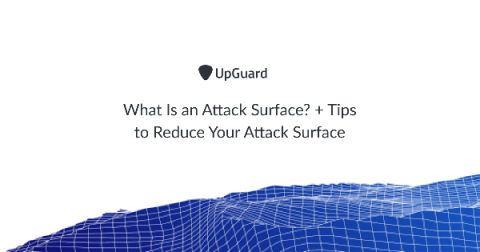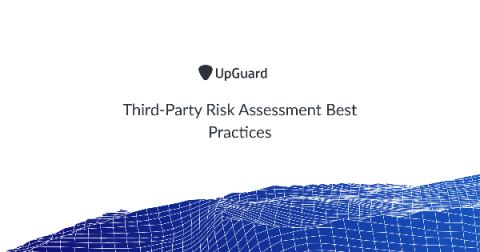What is Compliance Oversight?
Regulatory compliance is continuously evolving, which makes it increasingly imperative that everyone involved in the Compliance Management System (CMS) understand their responsibilities. Various sectors mandate oversight, including healthcare, finance, and cybersecurity. It is also a foundational business practice to safeguard company reputation and demonstrate integrity to consumers and the public. Compliance management is a top-down system, like most workplace cultures and business processes.










